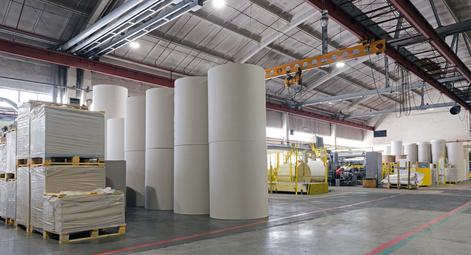
According to an Industry Week article, factories across the globe are showing signs of strain in keeping up with demand. China, Germany, France, Canada, the UK and the US all show that capacity might not be keeping up with supply. In fact, the U.S. reading from IHS Markit has reached its highest level since March 2015. Inflationary pressures are surfacing. This certainly coincides with what we are seeing in the market – if you aren’t preparing in advance, you are likely to be left in the dust. Customers are unwilling to wait or dampen their experience. They’ll find someone who can meet their needs. Are you prepared to meet your demand – and your competition’s?

I used to work in a paper mill and converting operation like the materials pictured above. Meeting demand is far reaching – just think about the space constraints in storing these materials? Success follows forethought and preparation.
What Should We Consider and/or What Impacts Could Arise?
Do you know your capacity? It certainly seems appropriate to start by understanding your machinery and equipment capacity, your labor capacity, your storage capacity and your suppliers’ capacity to name a few. How much can you increase your volume without running into a wall? 5%, 20% or 50%?
One of the issues we partner with clients to address is how to drive profitable, scalable growth. Keeping up with growth is one question; however, perhaps a more important question is whether you can sustain growth and have a scalable infrastructure. Do you have the people, development programs/ skills, processes, and technologies in place so that you can grow without adding people at the same rate as your growth? First of all, with virtually 0% unemployment, it will prove challenging to find good people. Next, even if you are able to find them, think about your ramp up curve for effectiveness. In most manufacturing environments, it can be 3 months to a year to bring a higher-skilled resource up the learning curve. Also, have you thought about what your customers expect in 6 months to a year? Don’t think about their current needs; look beyond if you plan to be their partner in growth.
January 9, 2018



